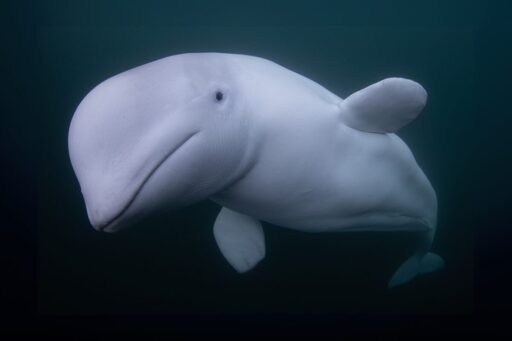Before pivoting her focus to the Arctic, Alysa McCall worked extensively in the grassland ecosystem. There, the interventions required for ecosystem restoration and wildlife protection were much less complicated. You could introduce more water in case of a scarcity. Or put up a fence to protect animals. The Arctic, however, was a whole other ballgame. “We can’t grow more ice. We can’t put a fence up,” McCall, director of conservation outreach and staff scientist at the nonprofit Polar Bears International, told Mongabay in a video interview. “The conservation approaches, management and planning are just so different.” Since then, McCall has worked with her colleagues to study and protect the Arctic and its native species, such as polar bears (Ursus maritimus) and beluga whales (Delphinapterus leucas). One of the organization’s long-running projects, called Beluga Cam, uses boats in the Churchill River in Hudson Bay, Canada, to gather footage of the annual migration of about 57,000 beluga whales. The initiative is part of a larger citizen science project that brings people from around the world to help researchers identify belugas from the visuals and make observations about them. This year, the project got an upgrade with the use of a new boat that houses the cameras and other equipment during the course of the migration season. Beluga whales as captured on the Beluga Cam in 2025. Image courtesy of Kieran Mclver. “We have also been able to, over time, actually identify individuals,” McCall said. “To see that whale come year after year…This article was originally published on Mongabay
From Conservation news via this RSS feed


